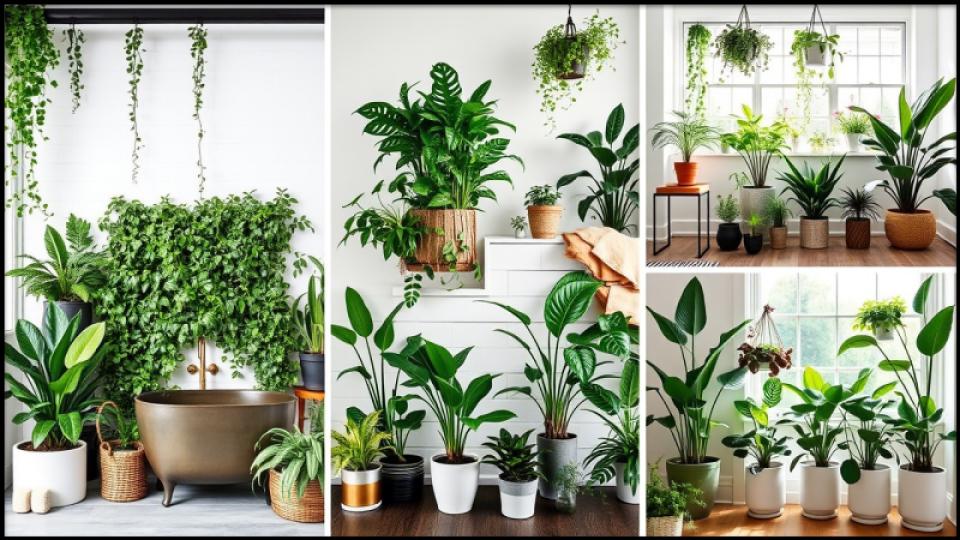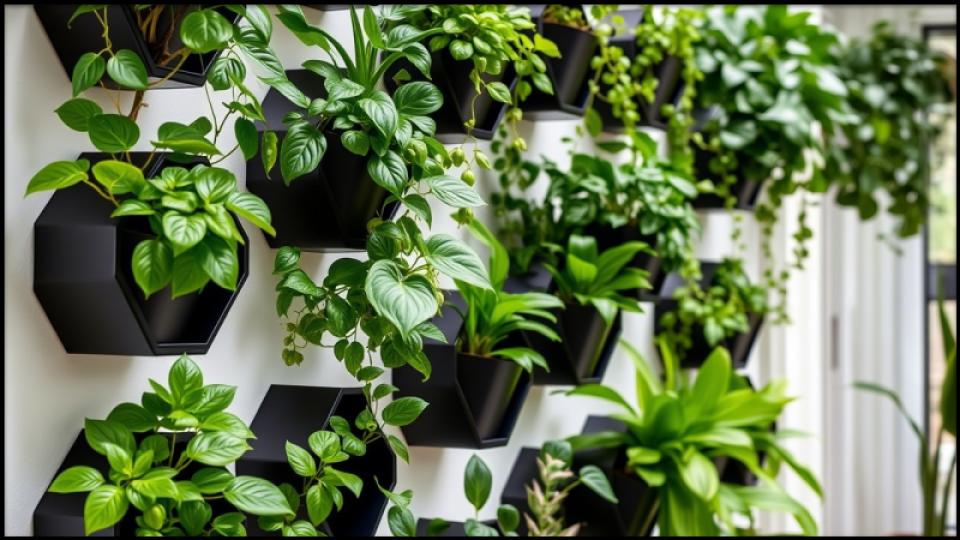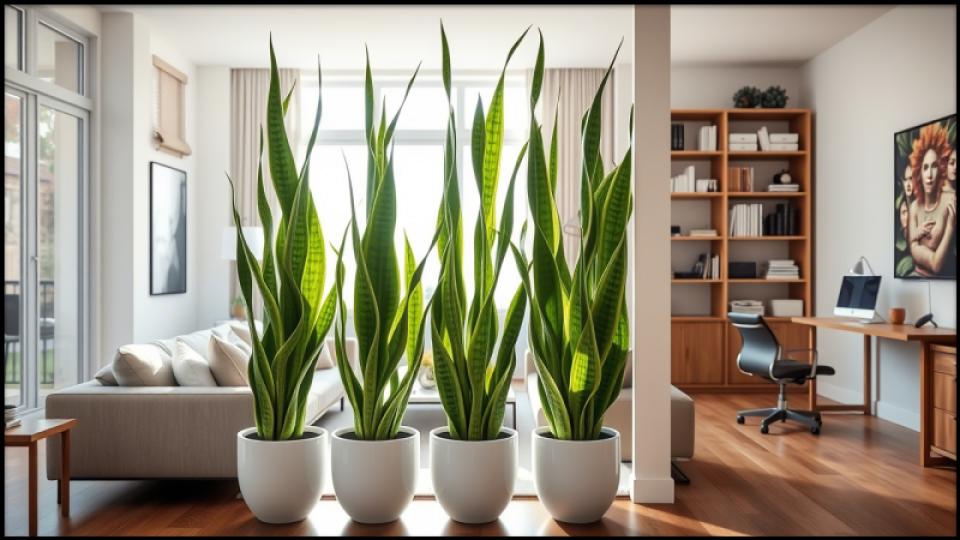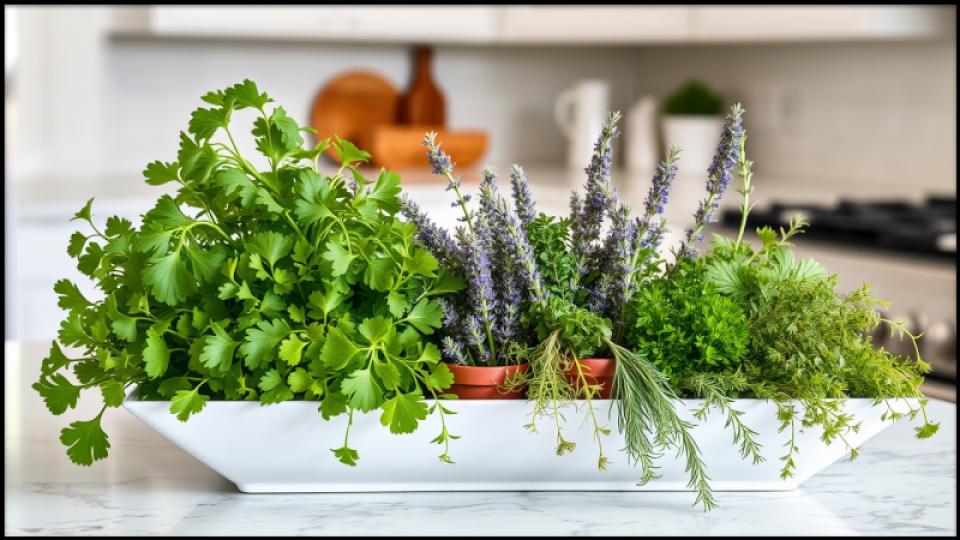There’s a wonderful shift happening in how we view the greenery in our homes. For years, a lone potted plant might have been an afterthought—a simple splash of color on a lonely windowsill. But today, we understand that houseplants are as essential to a room’s character as the furniture, art, or textiles. They are living sculptures that breathe life, texture, and a profound sense of well-being into our spaces. These aren’t just decorations; they are dynamic design elements.

This embrace of bringing the outdoors in is part of a concept called biophilic design, which connects us to the natural world to improve our health and happiness. As a horticulturist, I’ve seen firsthand how a well-placed plant can completely change the energy of a room. This guide moves beyond the basics to give you seven fresh, achievable Fresh Interior Design Ideas Using Houseplants that will help you create a home that feels both sophisticated and deeply alive. Let’s cultivate a little beauty together.
Key Insights at a Glance
Here are the core ideas for transforming your home with plants:
- Think Vertically: Use walls and air space to create a green focal point.
- Group for Impact: Cluster plants of varying sizes, textures, and heights to create a “plant family.”
- Go Big: A single, large specimen tree can anchor a room more effectively than several small plants.
- Define Your Space: Use plants as natural, beautiful room dividers.
- Embrace Humidity: Turn your bathroom into a lush, spa-like oasis with plants that love moisture.
Create a Living Masterpiece with a Vertical Garden
A living wall is the ultimate statement piece, turning a blank surface into a vibrant, ever-changing work of art. While large-scale, professionally installed systems are stunning, creating this effect at home has never been easier. Look for modular wall-mounted planters or felt pocket systems that you can arrange in a custom configuration.
In my own home, I’ve dedicated a section of a sun-drenched wall in my study to a panel of small, lush ferns and pothos. It’s the first thing people comment on, and the ambient humidity it creates is a bonus for all the other plants in the room. For a successful vertical garden, choose plants with similar light and water needs.
- Best Plants for the Job: Golden Pothos (Epipremnum aureum), Heartleaf Philodendron (Philodendron hederaceum), Lipstick Plant (Aeschynanthus radicans), and small-leafed ferns like the Lemon Button Fern (Nephrolepis cordifolia ‘Duffii’). These plants are generally forgiving and have a beautiful, cascading growth habit.

Master the Art of Grouping and Textural Play
One of the most effective indoor plant styling techniques is clustering. Instead of scattering single pots throughout your home, gather them into thoughtful vignettes. Grouping plants creates a stronger visual impact and can even establish a beneficial microclimate, allowing the plants to share humidity.
The key is to play with contrast and scale. Combine a tall, architectural plant like a Snake Plant (Dracaena trifasciata) with something soft and feathery like an Asparagus Fern (Asparagus setaceus), and add a low, flowering plant like an African Violet (Saintpaulia ionantha) for a pop of color. Arrange them in groups of three or five at varying heights on a credenza, a sturdy bench, or a set of nesting tables for a curated, designer look. This is one of the simplest yet most transformative creative plant displays you can make.
A common mistake I see is lining up plants like soldiers, all in the same size pot. Varying the pot styles, materials, and heights is what truly brings the arrangement to life.
Go Bold with a Single Specimen Tree
Sometimes, more is not more. A single, magnificent specimen tree can anchor an entire room, providing a dramatic focal point that exudes confidence and style. Investing in a large, healthy plant is like choosing a major piece of furniture. It defines the space and draws the eye upward, making ceilings feel higher.
Place your statement tree in a corner near a light source where it won’t obstruct traffic, such as next to a sofa or in an empty dining room corner. My go-to variety for this is the Bird of Paradise (Strelitzia nicolai), because its large, paddle-shaped leaves create an instant tropical-luxe feel without being as finicky as other popular choices.
- Excellent Specimen Choices: Fiddle Leaf Fig (Ficus lyrata), Bird of Paradise (Strelitzia nicolai), Rubber Tree (Ficus elastica ‘Burgundy’), or a European Olive Tree (Olea europaea) for that sun-drenched Tuscan look. Be sure to select a decorative container that is at least 2-3 inches wider in diameter than the nursery pot.
Use Plants as Natural Room Dividers
In modern, open-plan homes, creating distinct “zones” can be a challenge. Plants offer a beautiful, organic solution. A row of identical tall planters with upright plants can form a living screen, subtly separating a workspace from a relaxation area or defining an entryway.

I often suggest using a collection of Snake Plants or ZZ Plants (Zamioculcas zamiifolia) for this purpose. According to a study from Clemson University’s Home & Garden Information Center, these plants are renowned for their tolerance of lower light and infrequent watering, making them perfect for spots away from a primary window. Align three to five of them on the floor or on a low, narrow bench to create your beautiful, breathable wall.
Cultivate a Lush Bathroom Oasis
The bathroom is often a forgotten frontier in home horticulture, yet its high humidity and lower light make it the perfect environment for a whole class of stunning tropical plants. Transforming your bathroom into a spa-like sanctuary is a simple weekend project that pays dividends in daily delight.
Place a Boston Fern (Nephrolepis exaltata) on a corner stool, hang a string of pearls (Curio rowleyanus) from the ceiling, or let a Calathea (Calathea ornata) grace your vanity with its beautifully patterned leaves. I’ve found that even a small pot of moss on the windowsill can thrive in the steam from a daily shower. These plants won’t just survive in your bathroom; they will flourish, turning a purely functional room into a personal retreat.
Frame Your Architecture with Trailing Plants
This is an indoor plant styling tip that adds a touch of whimsical elegance to any room. Instead of just letting a vining plant hang from a basket, actively guide its growth to accentuate your home’s features. Use a series of small, clear, self-adhesive hooks to train the tendrils of a Golden Pothos or an English Ivy (Hedera helix) to climb.
Imagine a delicate green vine framing a doorway, tracing the top of a bookshelf, or creating a living arch over a window. This technique draws the eye along a chosen path, adding a layer of detail and softness to hard architectural lines. It requires a bit of patience, but the result is a bespoke, storybook look that feels truly integrated with your home.
Design an Edible and Elegant “Counterscape”
Your kitchen deserves greenery that is as functional as it is beautiful. Move beyond a single pot of basil and curate an entire “counterscape” of culinary herbs. This is one of my favorite interior design ideas using houseplants because it nourishes both body and soul.

Dedicate a section of your counter, a small bar cart, or a tiered stand to a collection of herbs in beautiful, coordinating pots. Think terracotta, glazed ceramics, or sleek metal. Combine the upright growth of Rosemary (Salvia rosmarinus), the soft texture of Parsley (Petroselinum crispum), and the gentle draping of Thyme (Thymus vulgaris). Not only will you have fresh flavors at your fingertips, but the mix of textures and the wonderful aroma will make your kitchen the true heart of the home.
A Home in Full Bloom
Bringing plants into your home is about more than just decoration; it’s an act of cultivation, both for the plants and for your own well-being. By thinking like a designer and a gardener, you can move beyond simple pots and create dynamic, layered, and personal spaces. Whether you start with a single statement tree that transforms a corner or a collection of herbs that elevates your kitchen, you are weaving the beauty and vitality of the natural world into the fabric of your daily life.
Now you’re ready to look at your home with fresh eyes and a green thumb. Pick one of these ideas that sparks your imagination, find the perfect plant, and begin creating a home that doesn’t just look beautiful, but feels truly alive.
Read More
The Easiest Indoor Plant You’re Not Growing Yet—Why the Jade Plant Is a Must-Have
